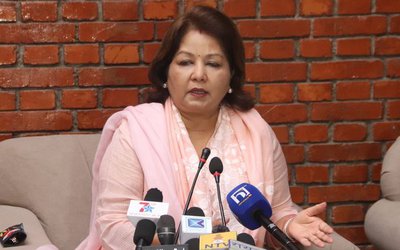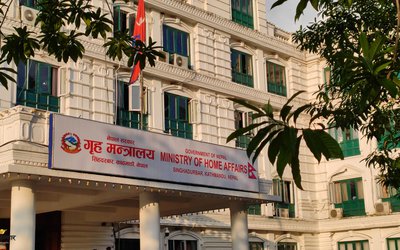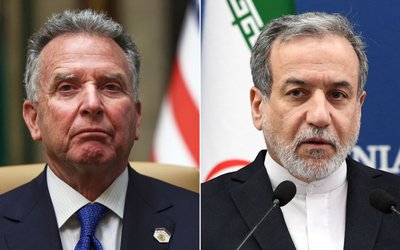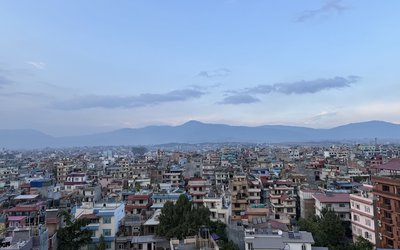
Minister for Energy, Water Resources and Irrigation Barsha Man Pun on Friday laid the foundation stone for the construction of 25MW solar plant at Devighat Hydropower Station in Nuwakot. The government has targeted to complete the project within a year. Once complete, it will become Nepal’s largest solar power plant at a single location.
Nepal Electricity Authority (NEA) said once the plant starts producing power, hydro projects such as Kulekhani, Kali Gandaki A, Mid Marshyangdi, Marshyangdi and Chilime will not need to need to operate during the daytime, saving the reservoir water for later use. The power produced by the solar plant will be fed directly into the national grid to supply it to the Kathmandu Valley during the day time. “The solar energy will help to balance the power distribution during peak hours,” the NEA said.
On the occasion, Minister Pun said that the government has targeted to build solar plants with a total installed capacity of 500 MW within the next five years.
In February 2015, the World Bank agreed to provide $130 million to the government to build solar stations to supply electricity in the Kathmandu Valley and reduce electricity leakage. Out of that amount, $37 million was earmarked for the installation of solar plants at Devighat and Trishuli in Nuwakot district.
Although construction should have begun within a year of signing the aid accord, the NEA took two years to award the contract as the contractor selection process became engulfed in controversy. The controversy began after former NEA managing director Mukesh Raj Kafle unilaterally decided to hire a Chinese company to build the project.
According to The Kathmandu Post, this company was later declared ‘technically unqualified’ by a committee comprising of international experts.
As a result, incumbent NEA Managing Director Kulman Ghising decided to award the project to Risen Energy Company.
- Foreign Minister Dr. Deuba to head to Bangkok to chair UN Meeting
- Apr 20, 2025
- We Do, What We Say, The Government Will Not Be Afraid: RPP Leader Lingden
- Apr 20, 2025
- Home Ministry warns RPP: Action will be taken if it violates prohibited Areas
- Apr 20, 2025
- Weather Forecast: Partly To Generally Cloudy With Brief Rain In Kathmandu, Pokhara And Janakpur
- Apr 20, 2025
- Korean Embassy Hosts FRIENDS OF KOREA 2025 Event in Kathmandu
- Apr 19, 2025















